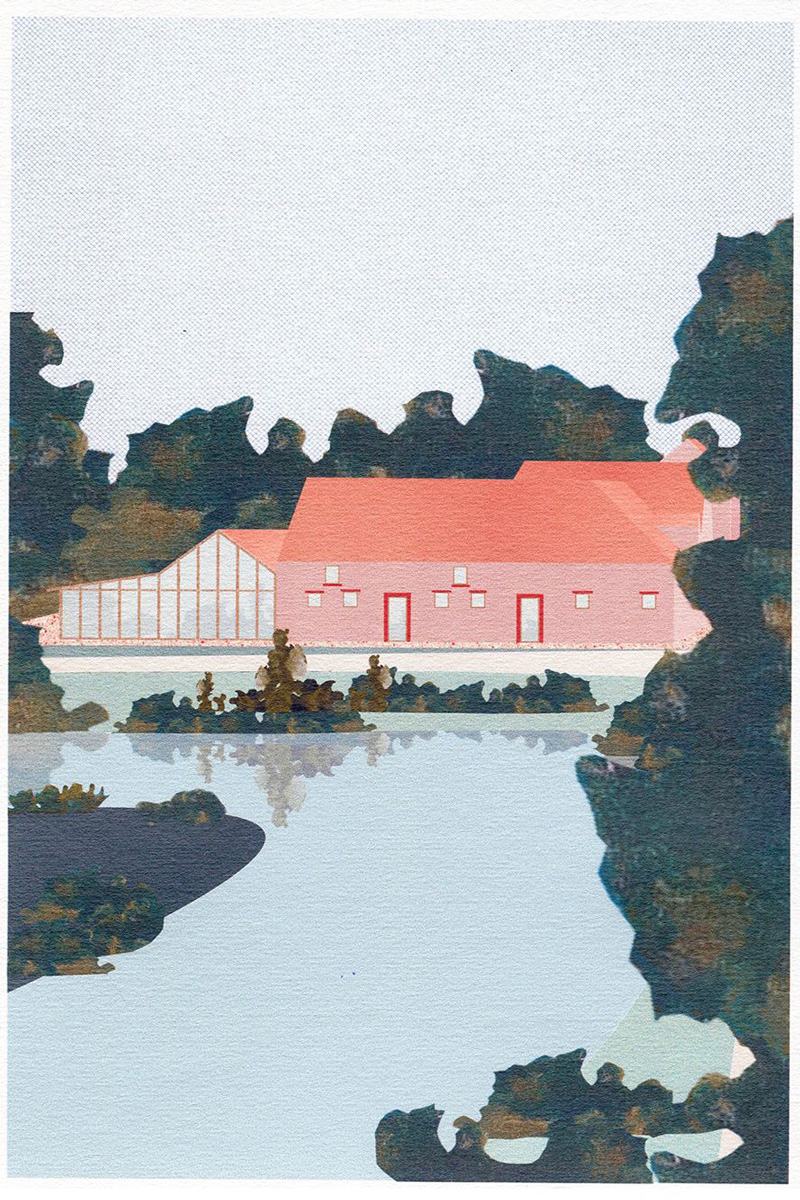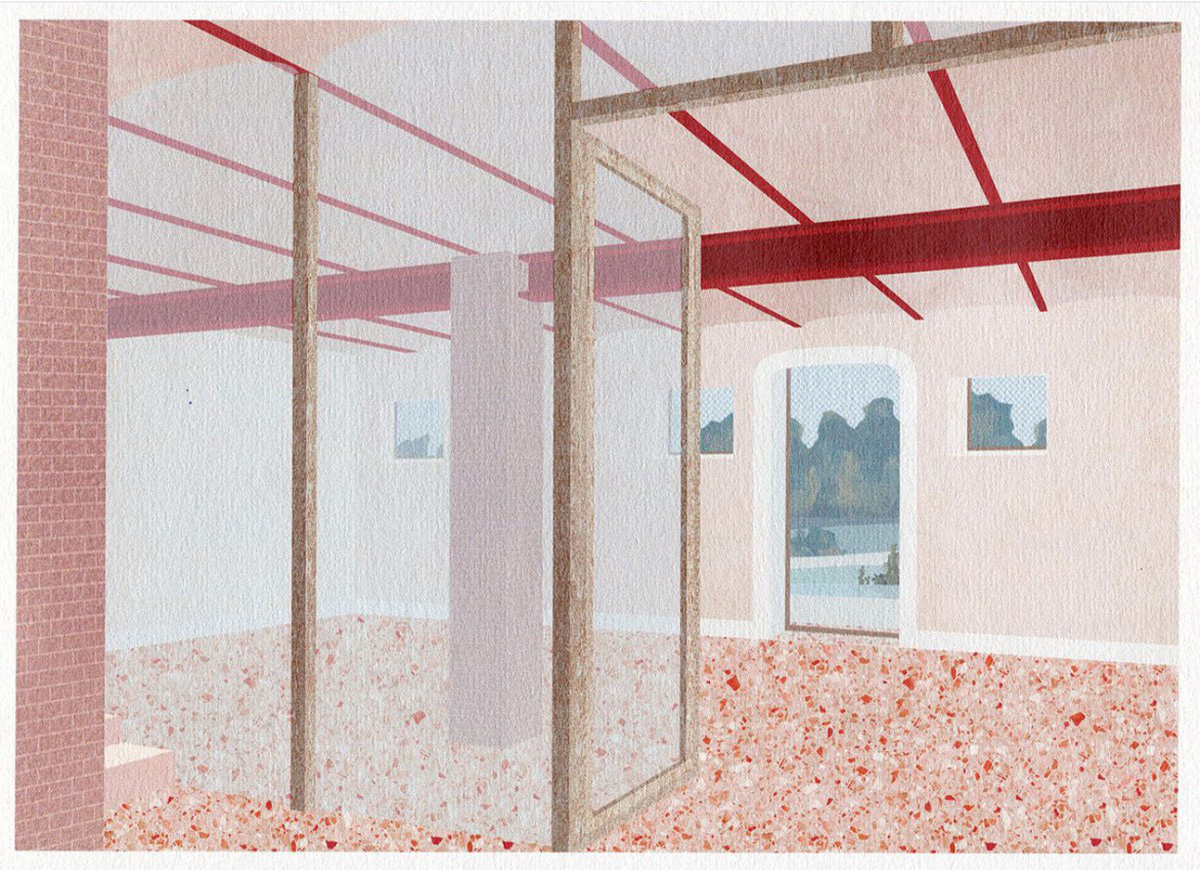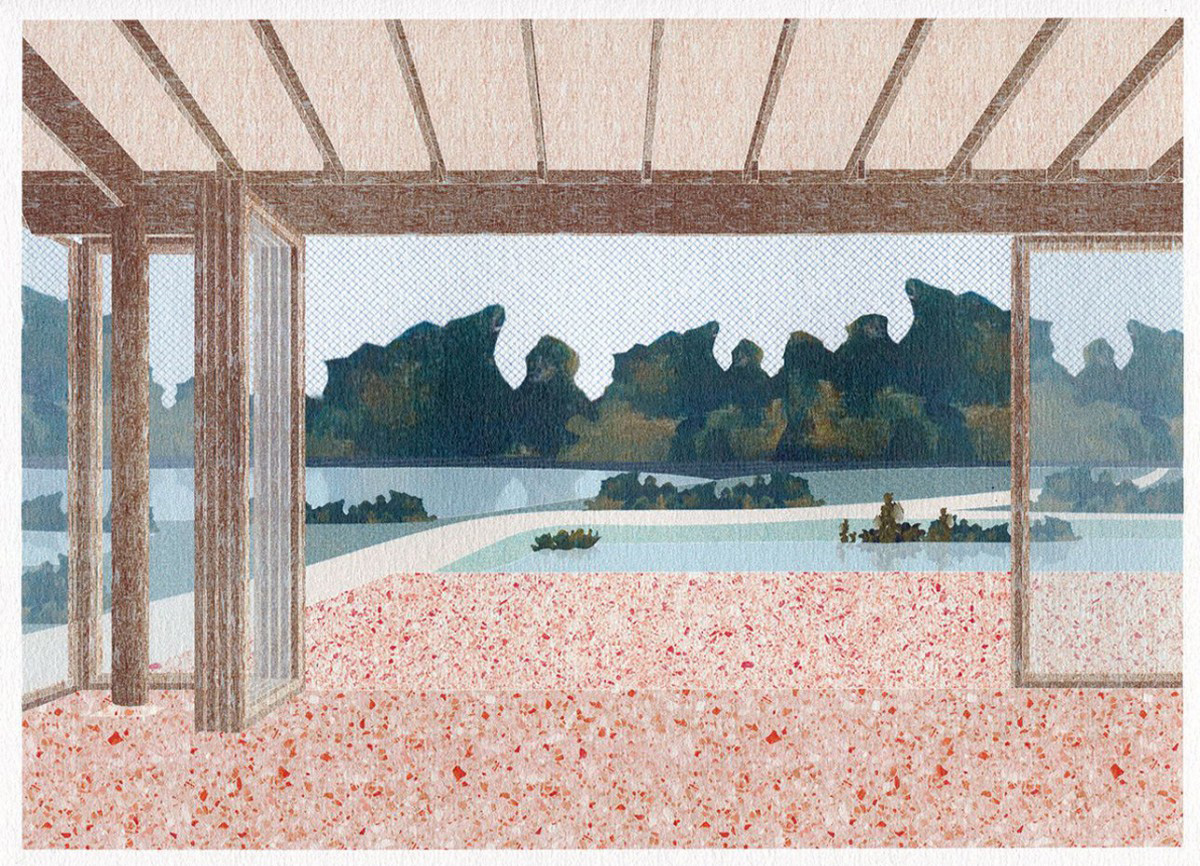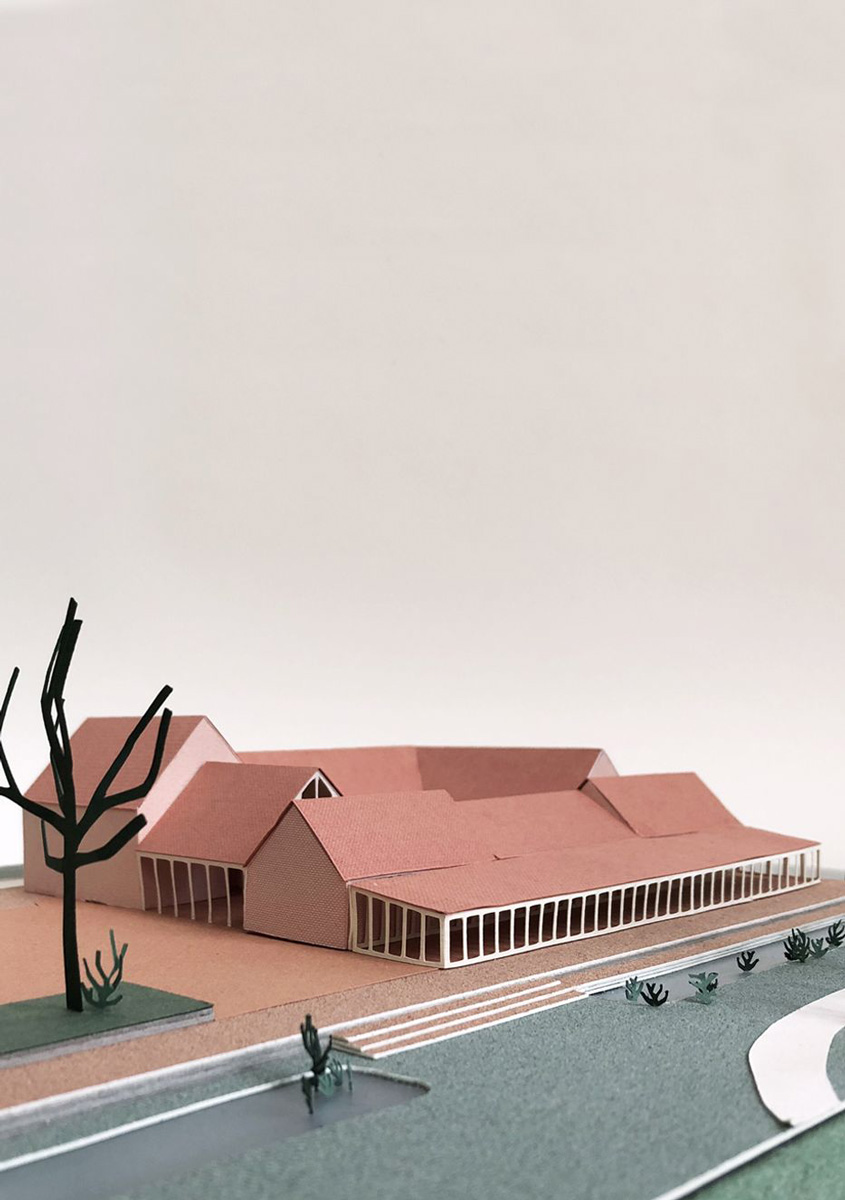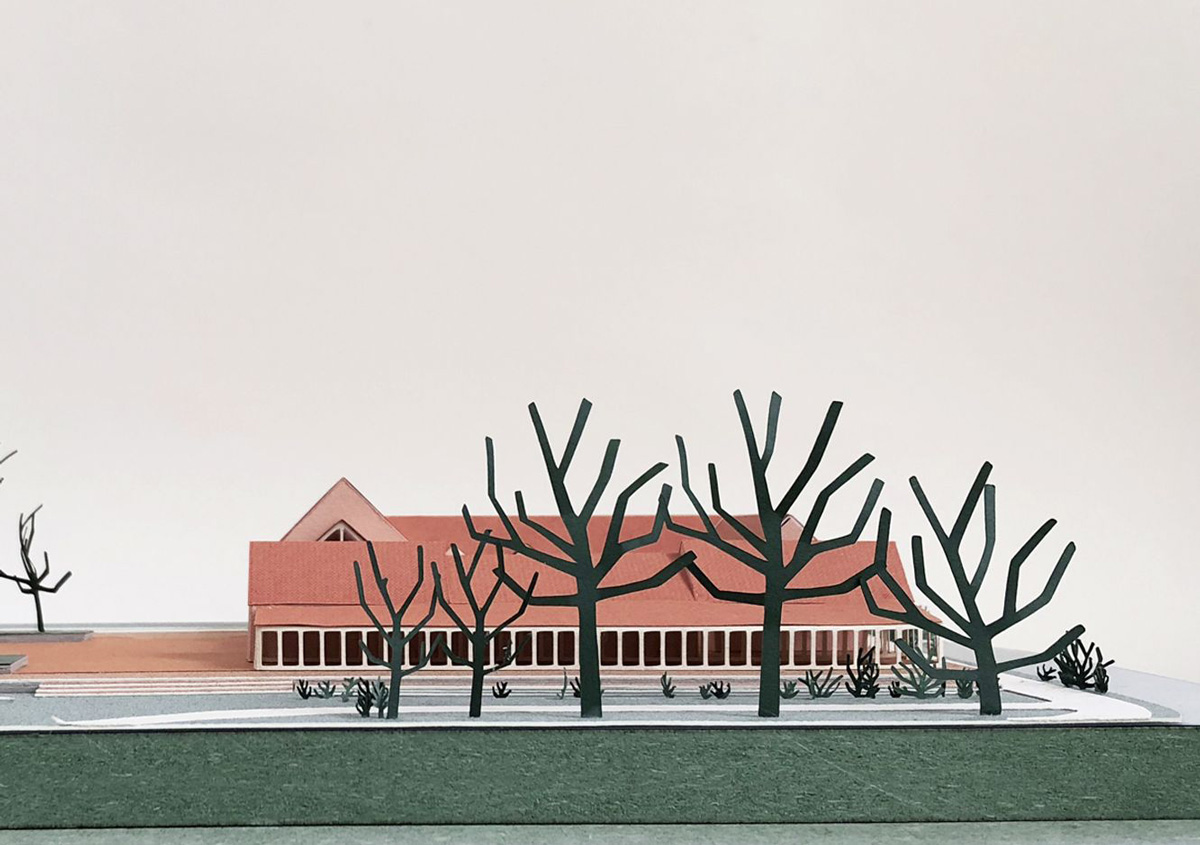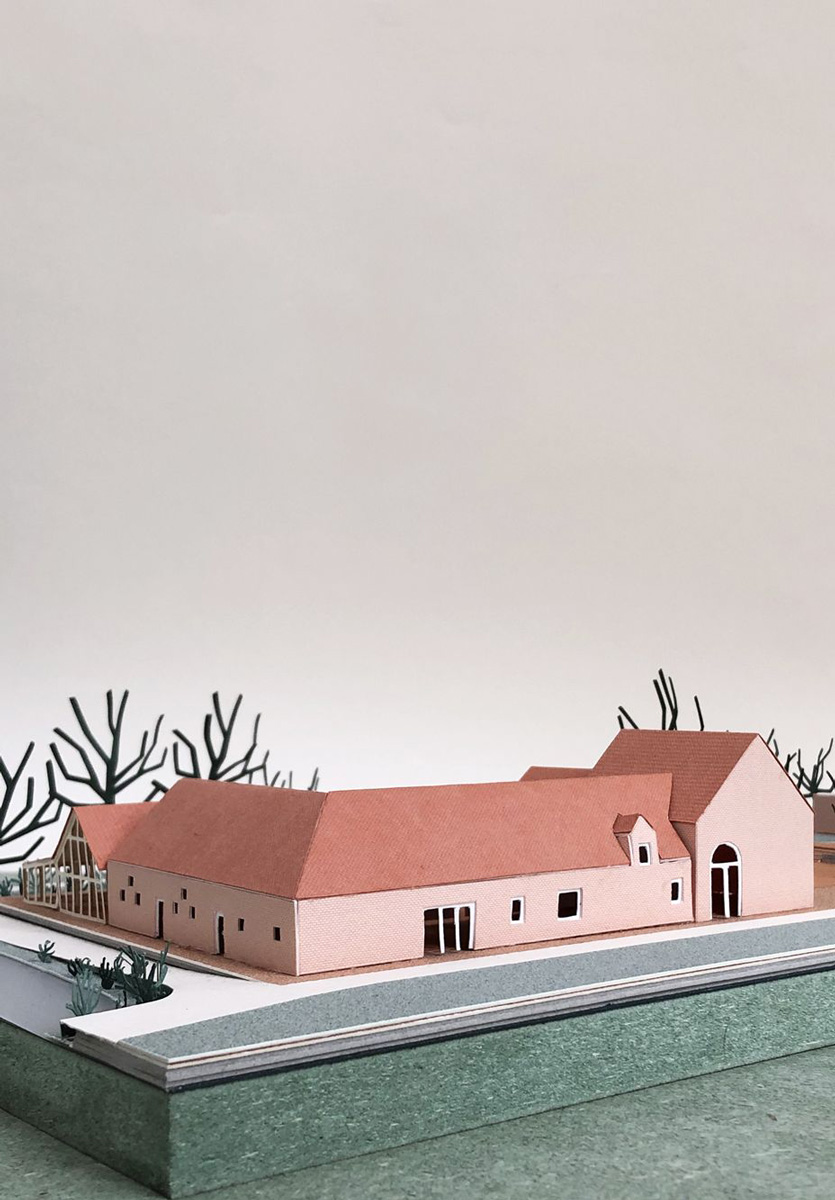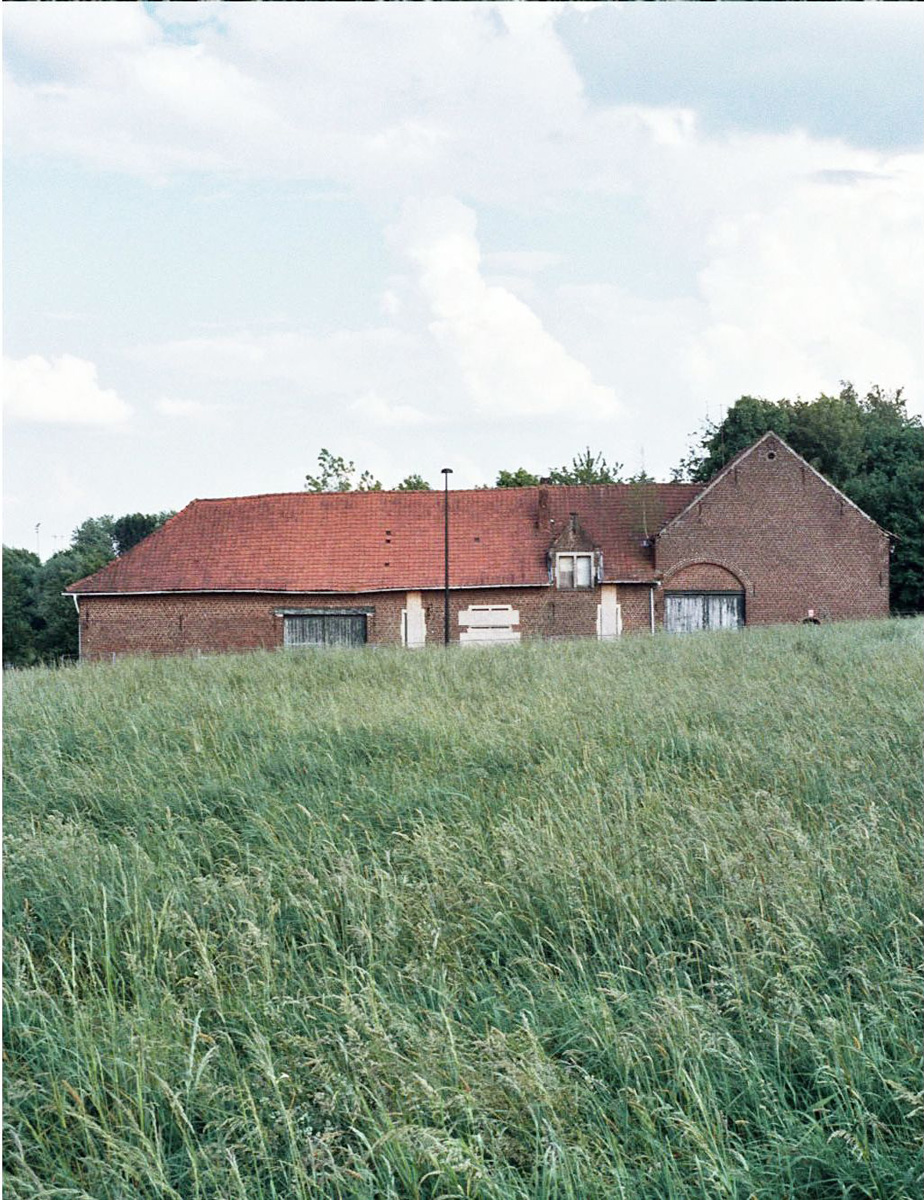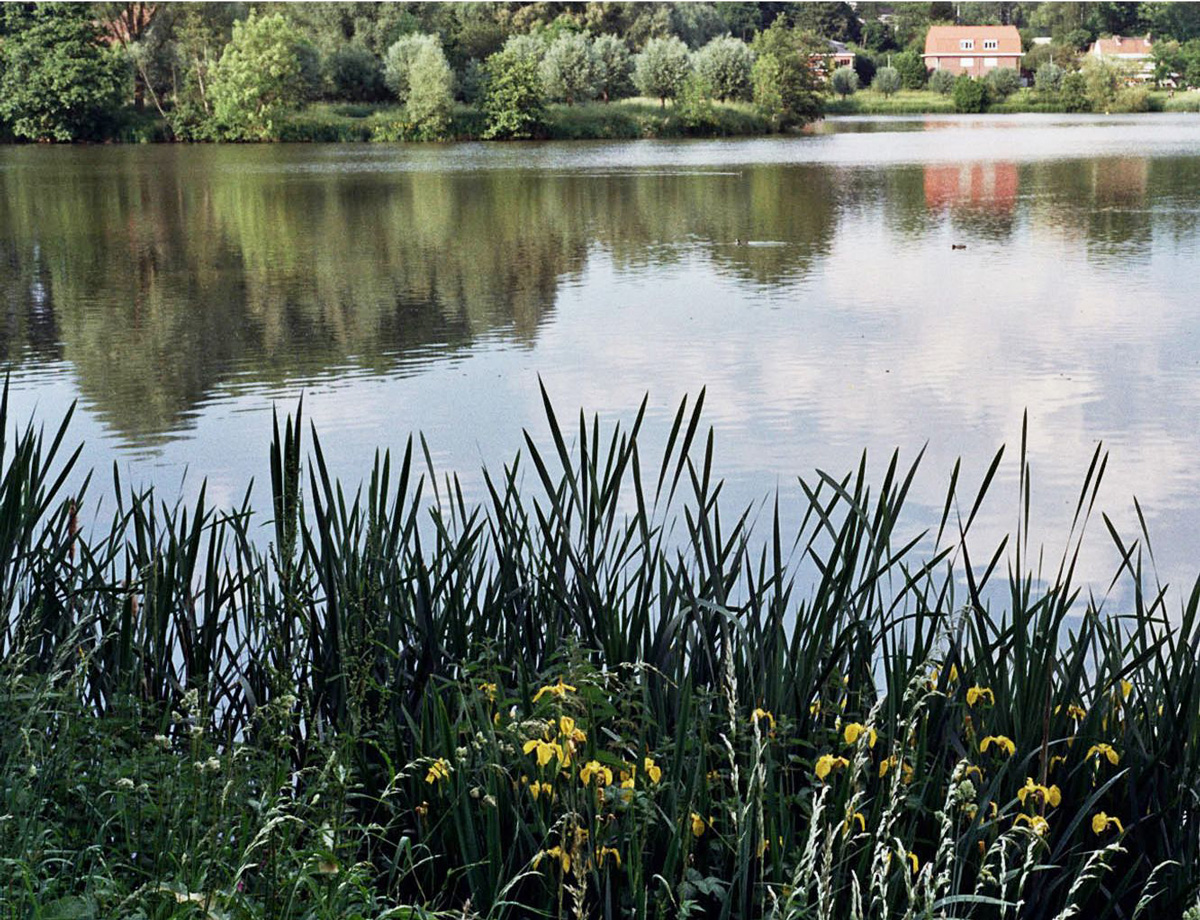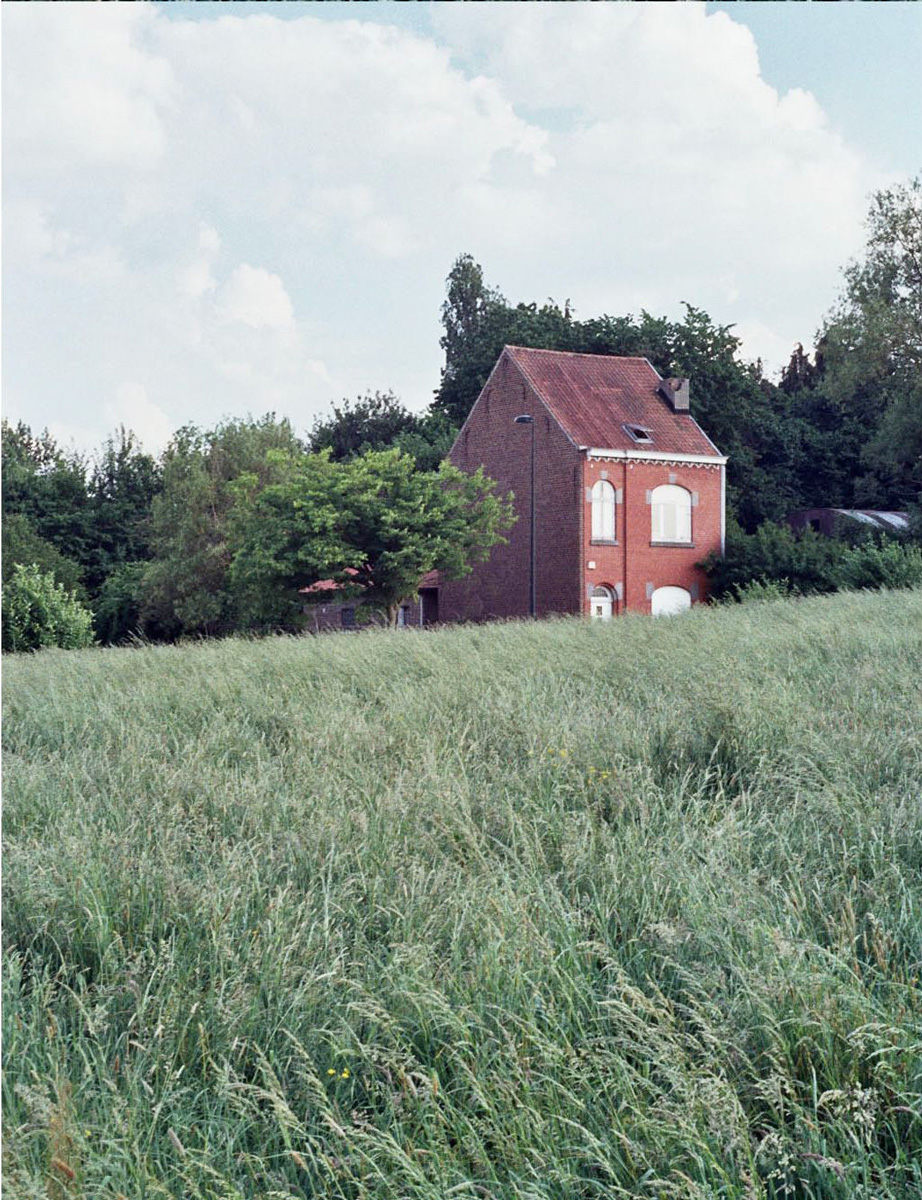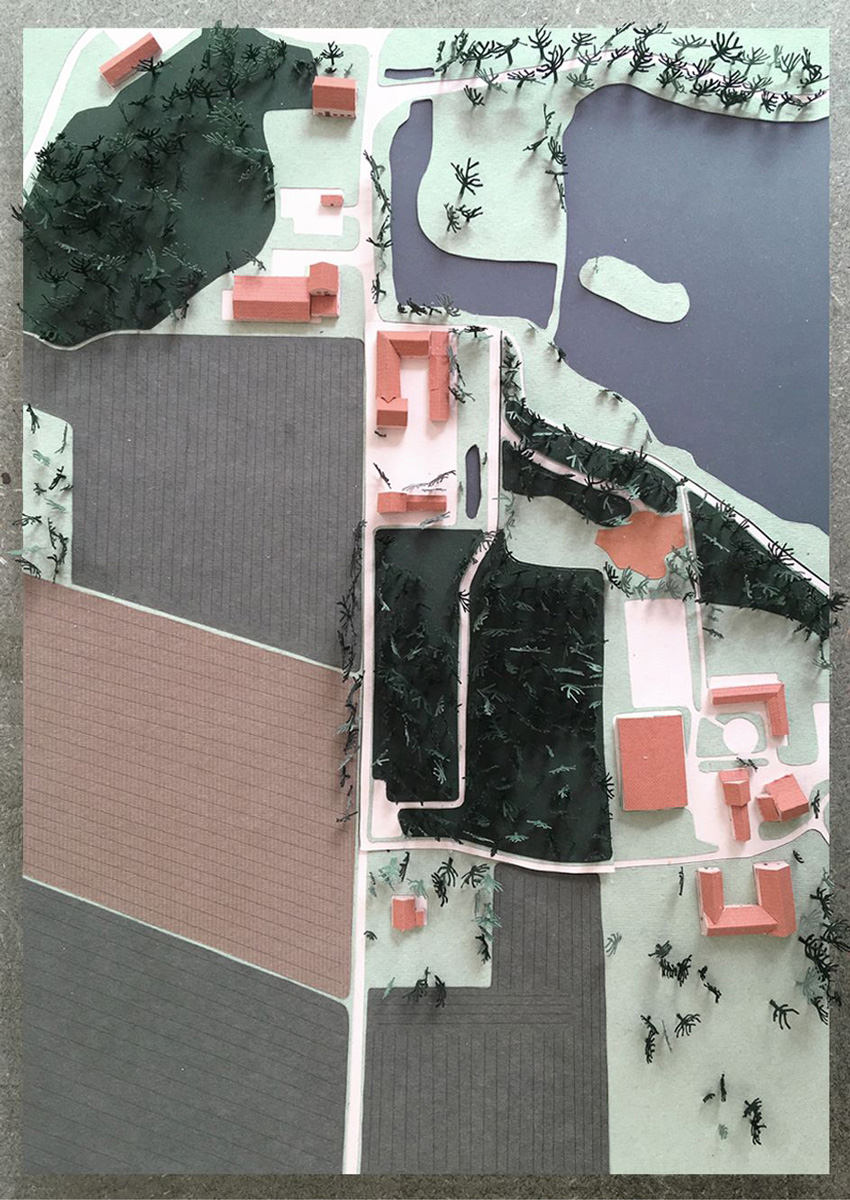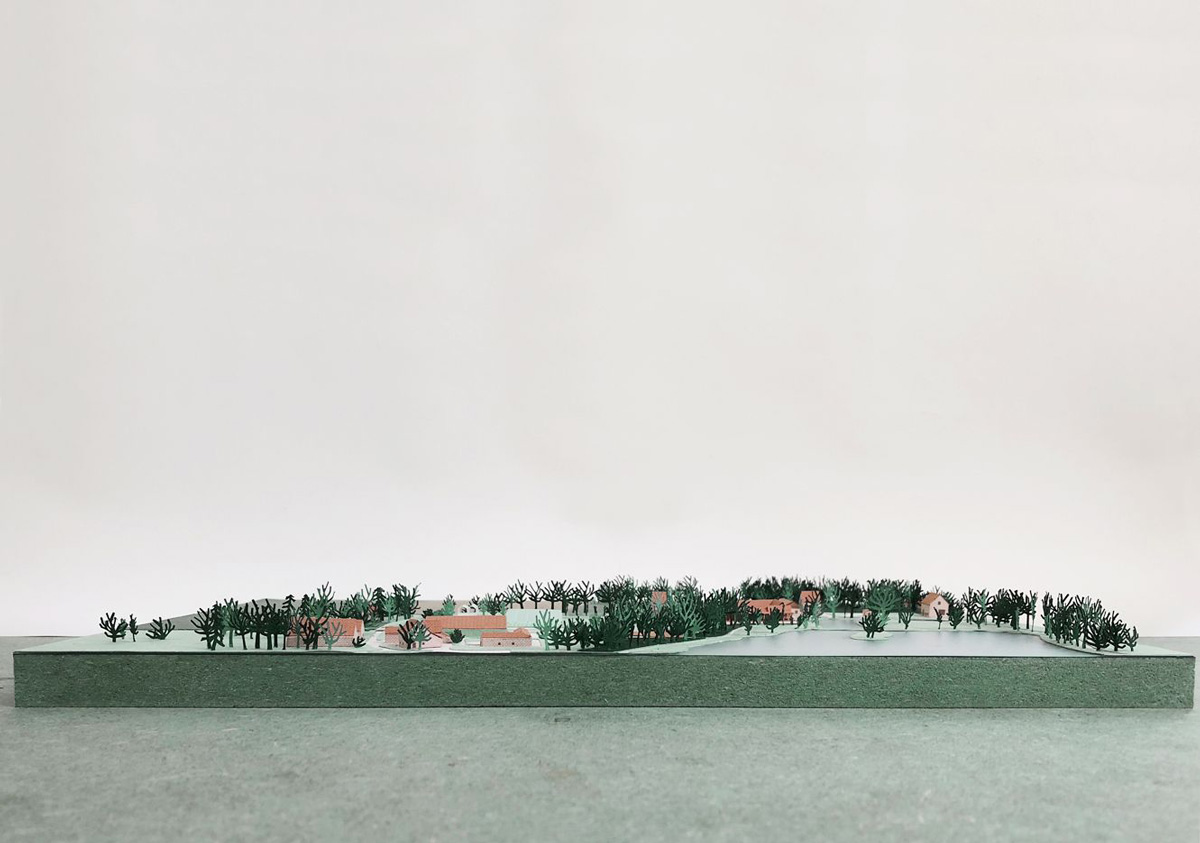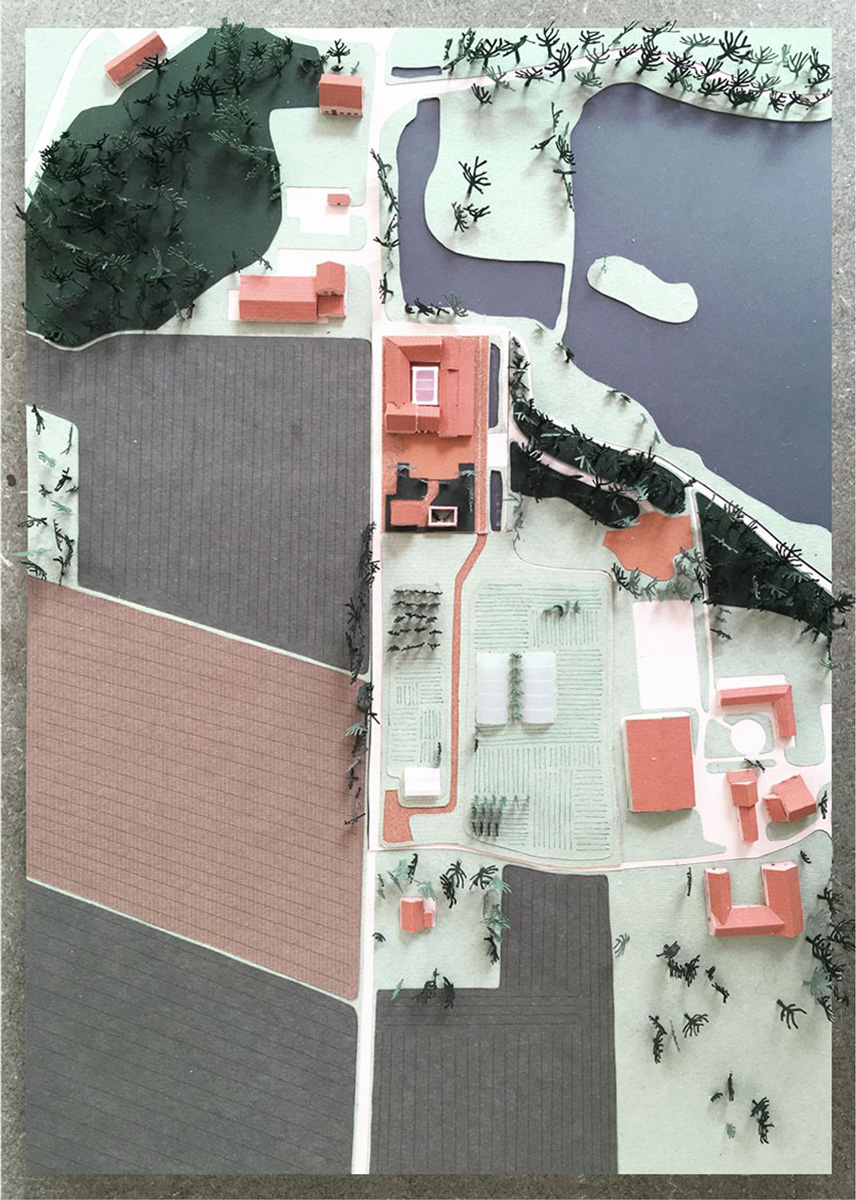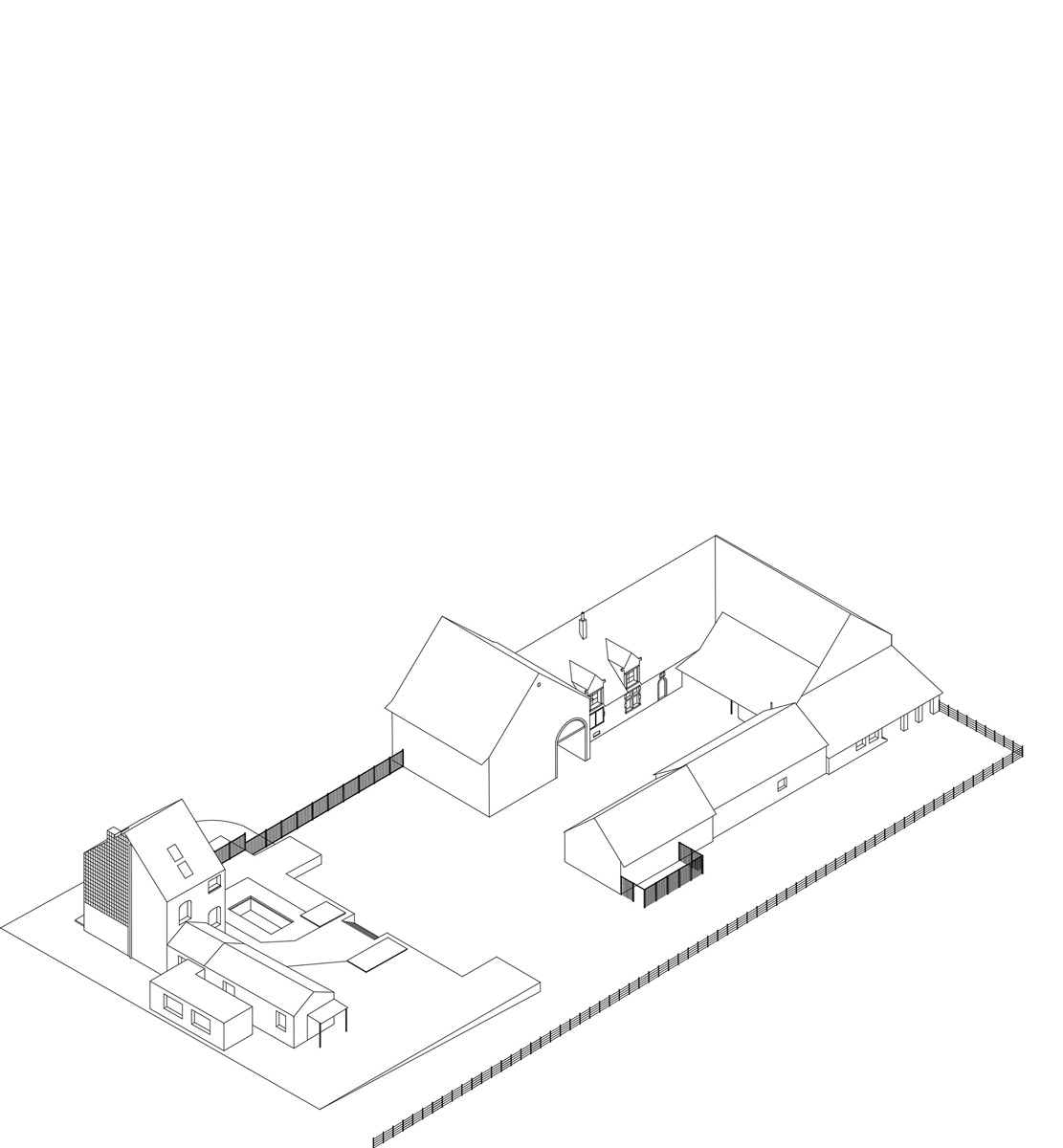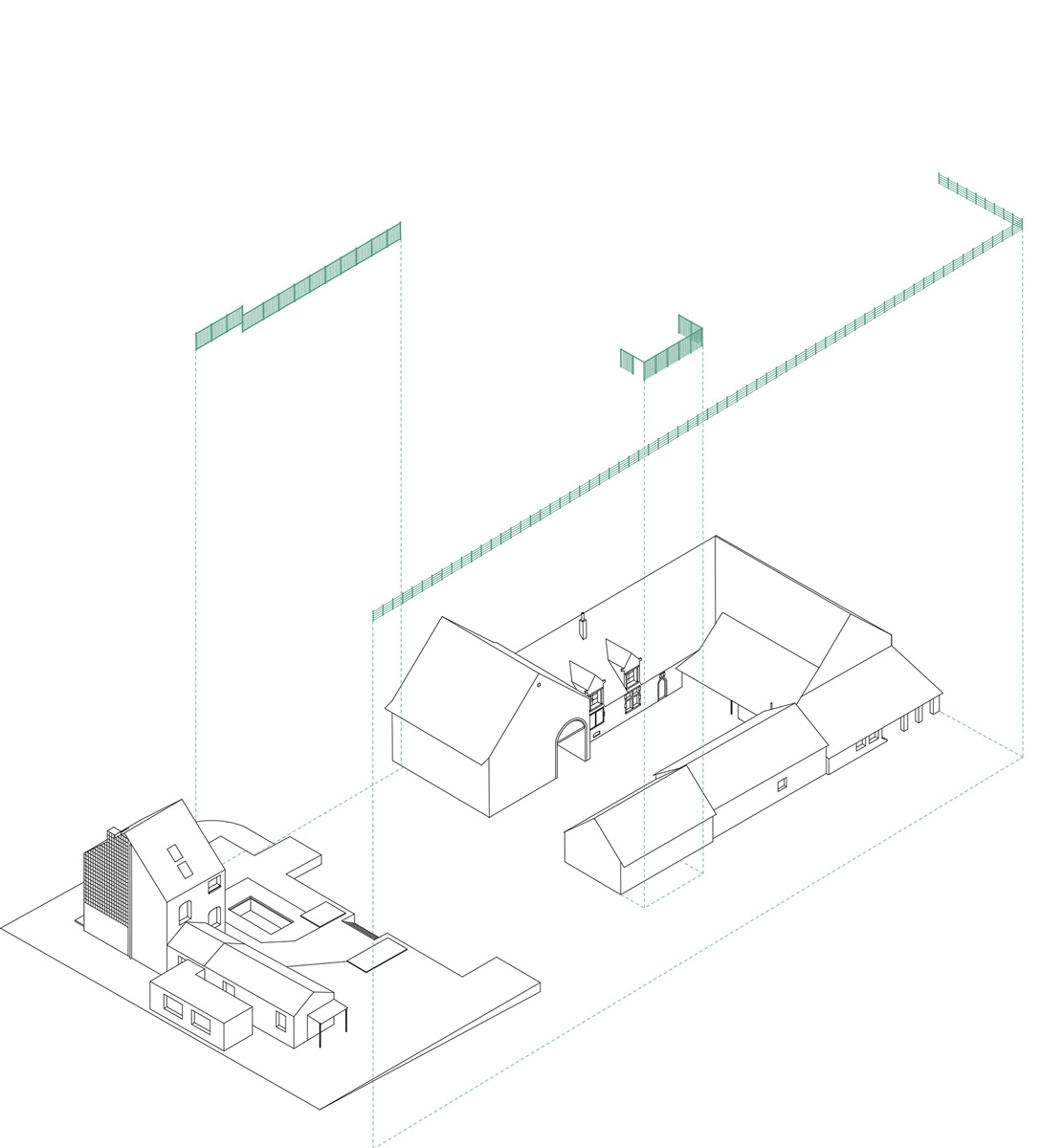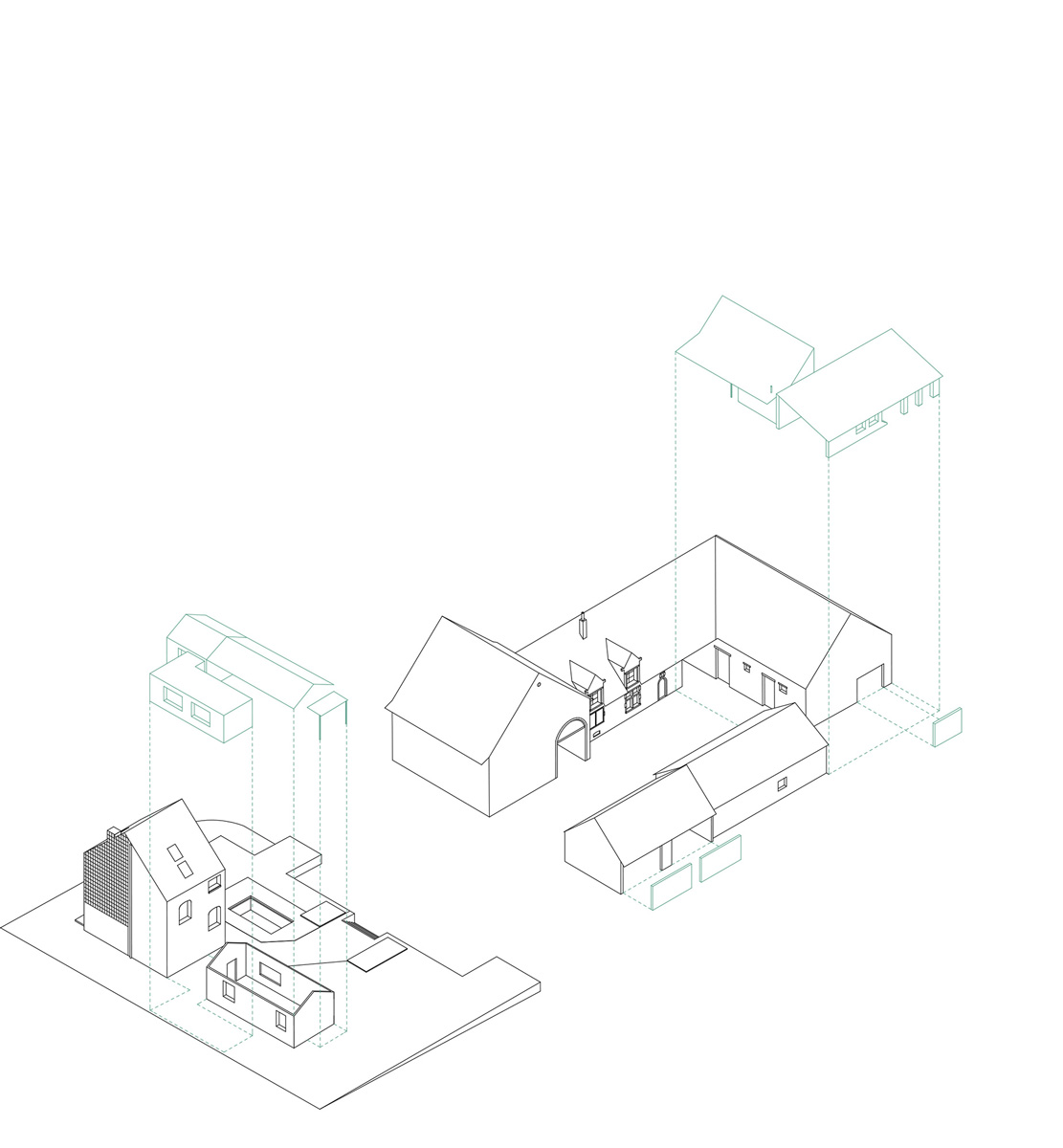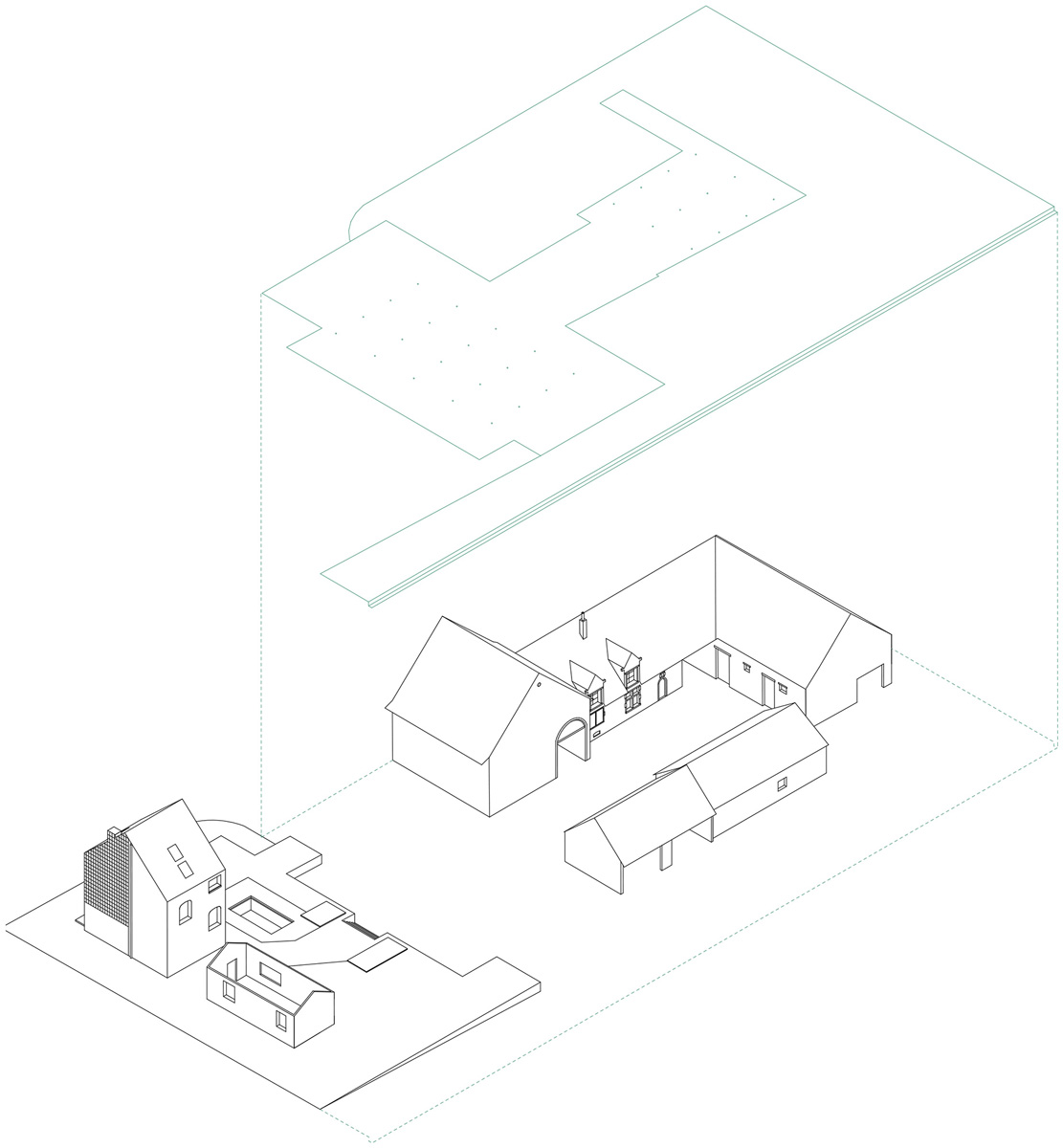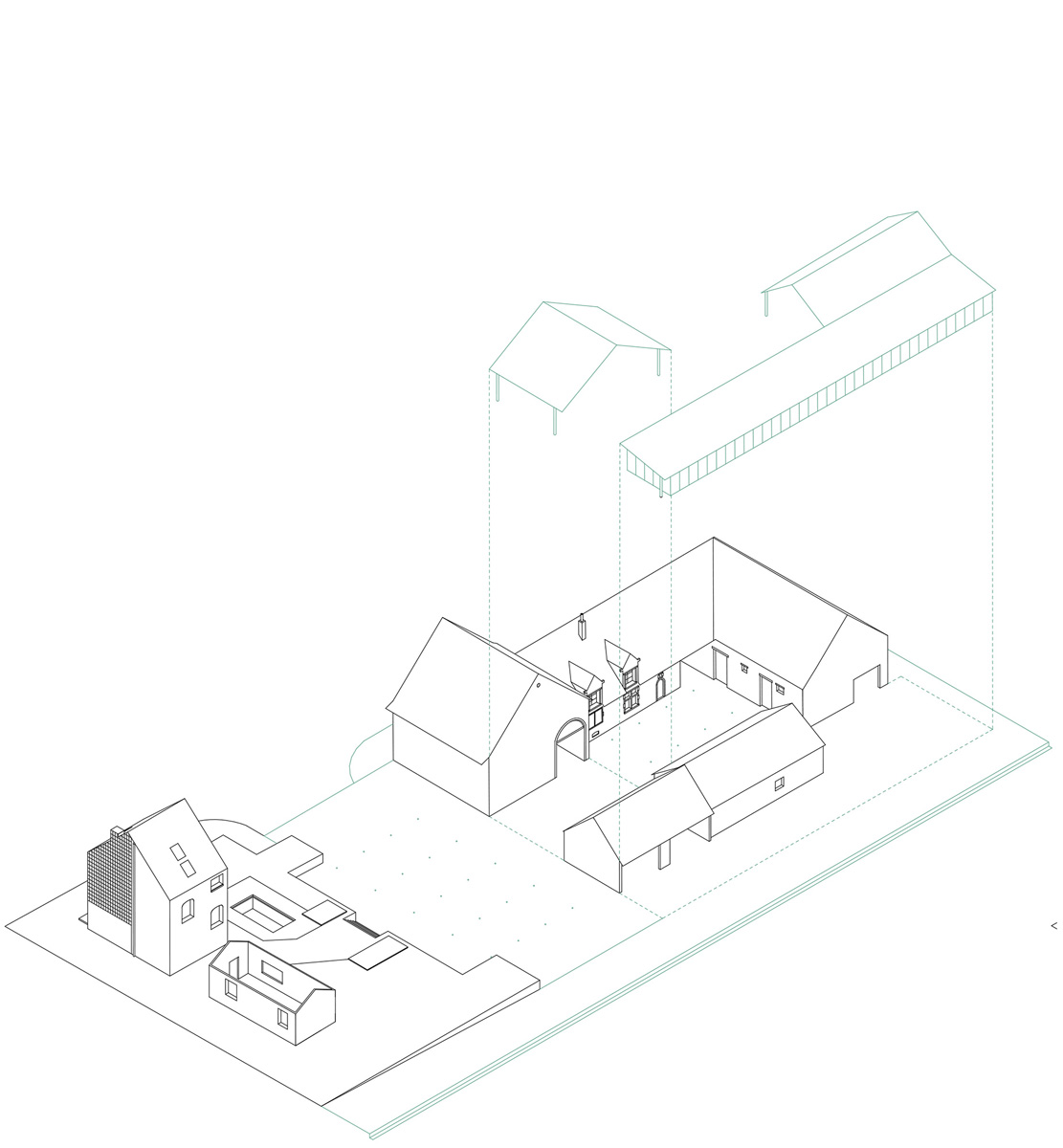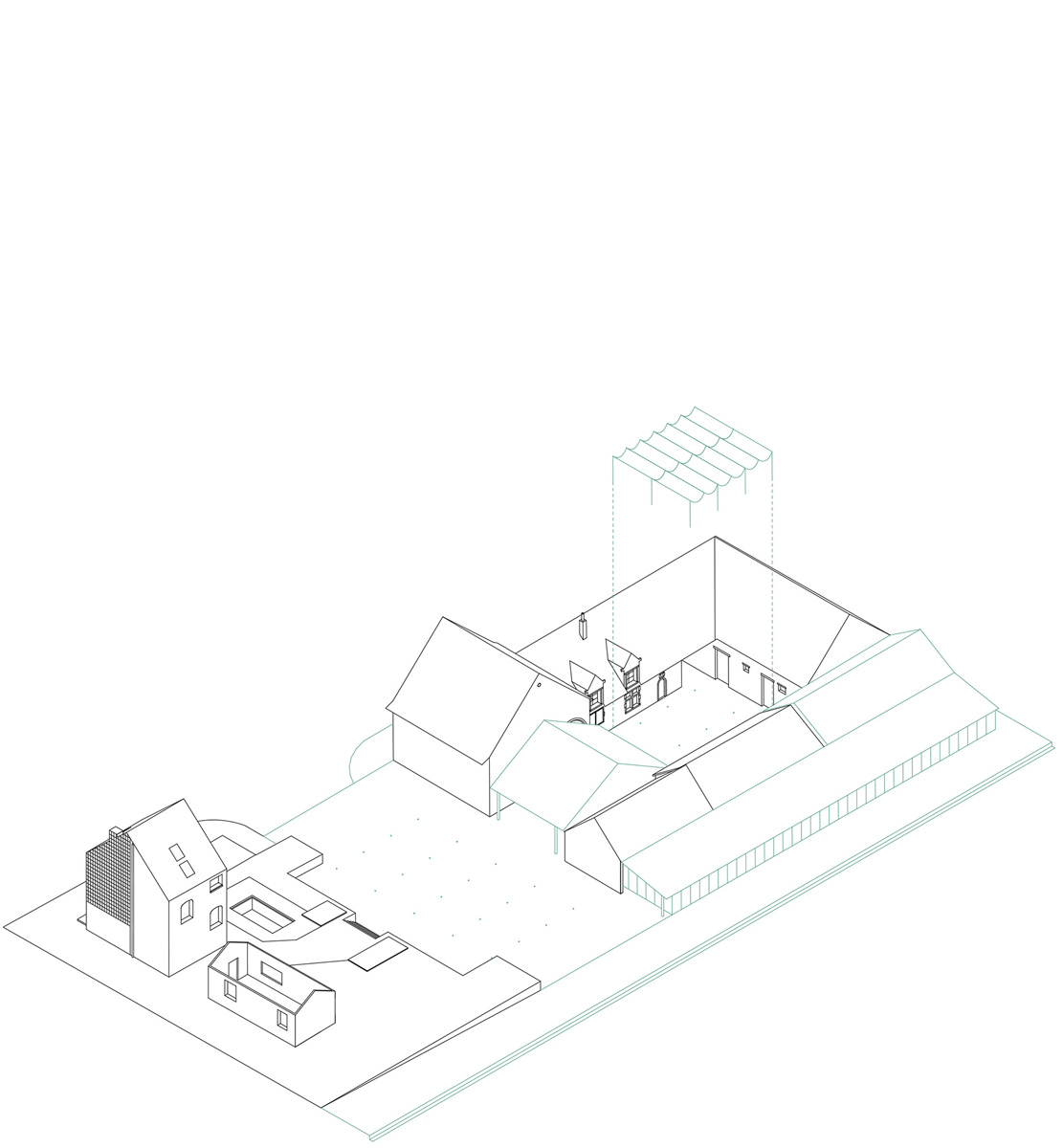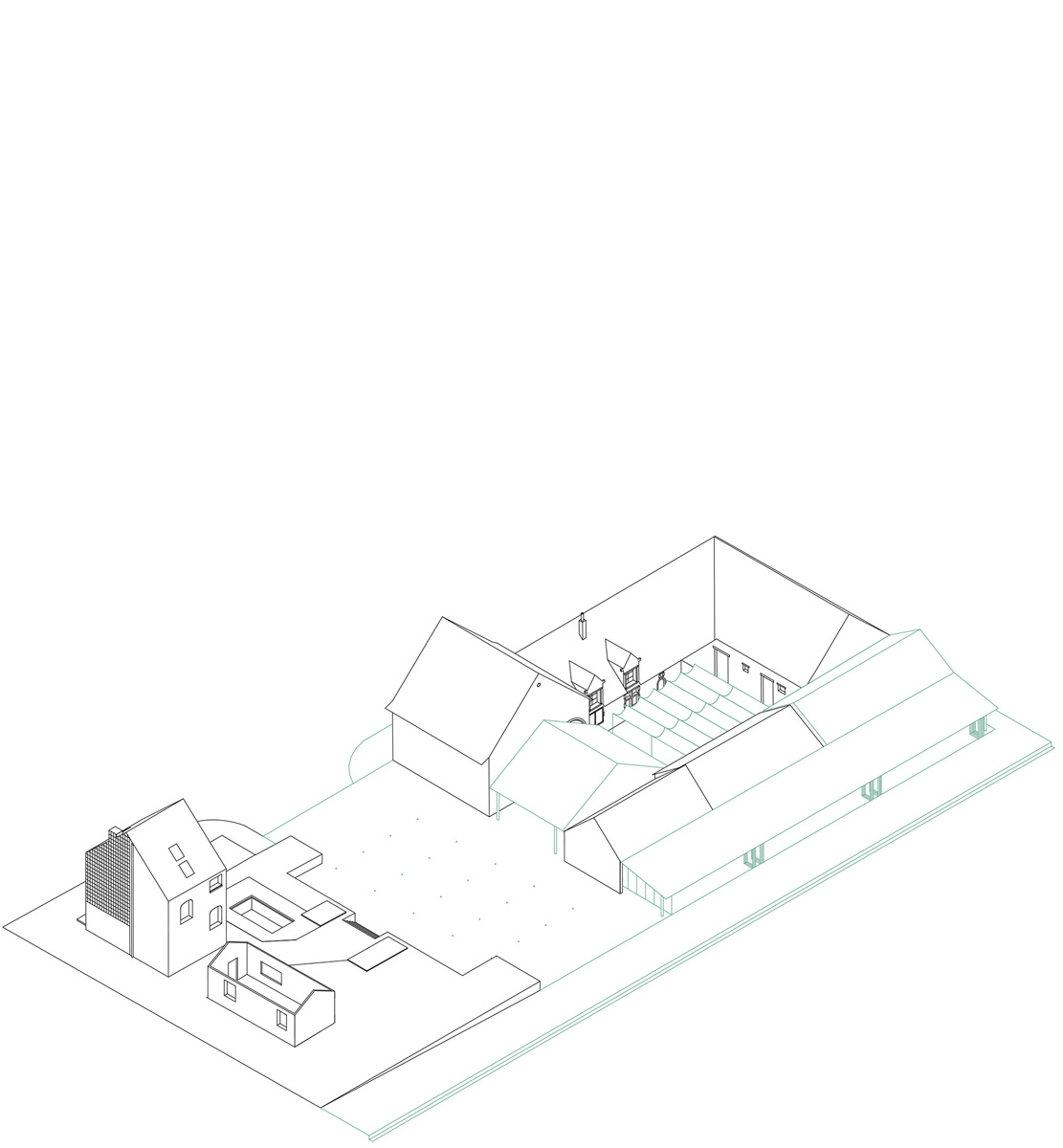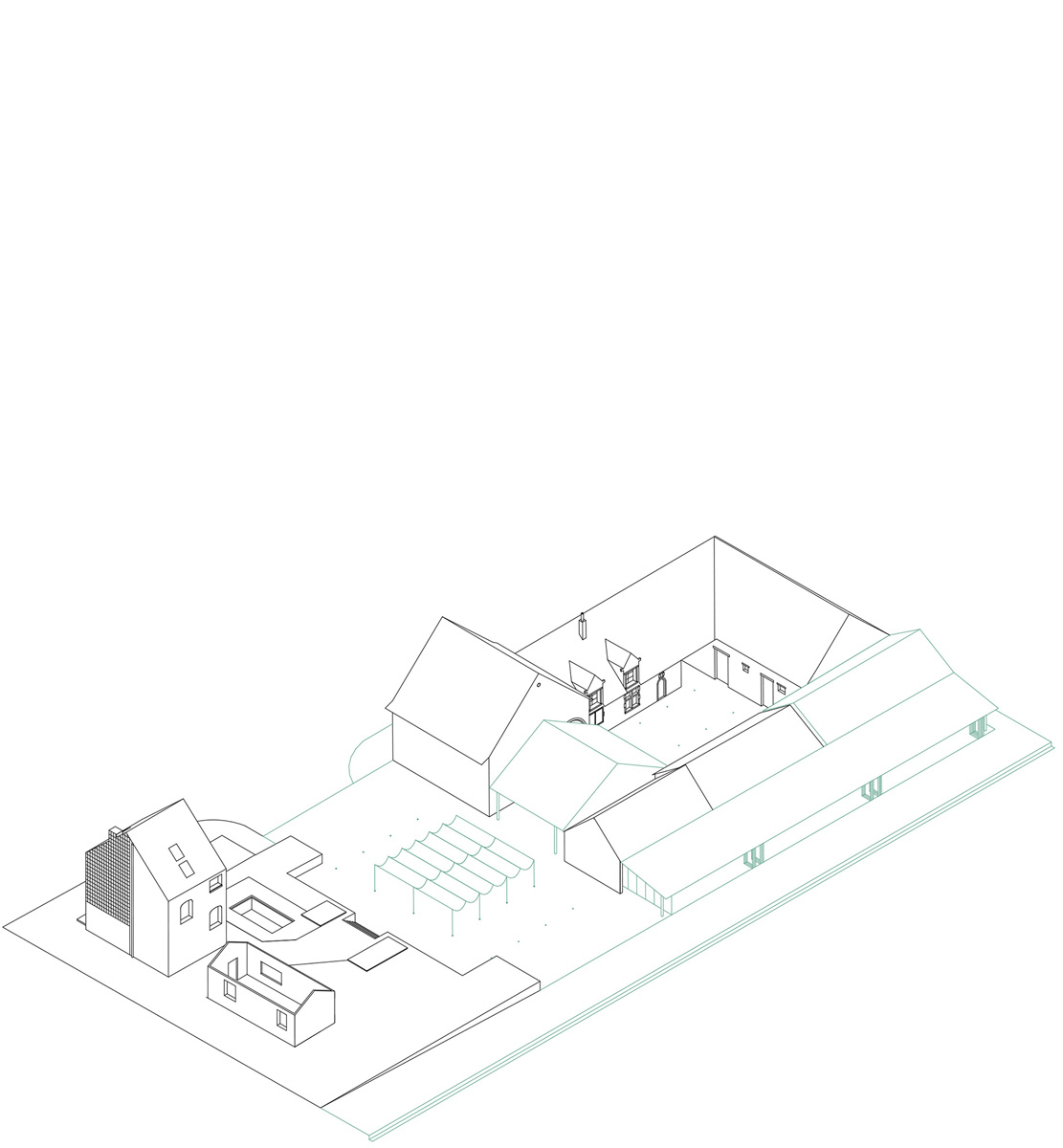☉ La ferme du Chaudron is a proposal by BAST and Opere Varie for Boeren Bruxel Paysans in 2018. It is located in Brussels Belgium in a countryside setting. Its scale is medium with a budget of 1.500.000 €.
The pond, the trees, the fields. The children ride the horse around the pond, someone walks slowly, watching the reflections of the leaves in the water. If you are silent, you can hear the birds calling, and towards evening, the crickets sing. And nearby, some buildings remind us that we are at home, we are in Brussels. Shades of red and pink. The old bricks of the farm; the new roofs of the farm; the square and the courtyard. The soil is made with the old roofs of the farm: the old tiles have colored the soil with a red gravel on the outside, and a smooth and shiny cocciopesto on the inside. Everything is still here at the farm. Everything is so similar. Yet, everything is so different. Different shades of wood from different ages. The porch has new wooden columns and beams. From there, it is possible to see the old wooden beams of the barn.
Everything happens on the ground floor, that is the level of the ground. Because all activities must be visible to all passers-by, to all the curious. And because all activities are activities related to the ground. Cultivations, trasformations, consummation. We must be able to go out, to go in, to go out again. The courtyard is the place where everything happens: work, meeting of people, activities. It’s the heart of the farm. Sometimes, in cultivations, plants are covered in the winter to be protected from the cold, with a light structure, and in summer they can be discovered again. In the same way, we take care of the courtyard.
With a seasonal structure. From the inside, outside. From the outside, inside. All doors are also windows to look inside, to look outside. Nothing is closed and hidden, everything is ready to be discovered. New glass facades, with wooden frames, they allow the interior spaces to open completely to the outside. The intimacy of glass. For the farmers of the past, the farm was a sheltered space, closed to the outside. The interior was intimate, it had to heat and protect. The interior spaces of the new farm will be intimate, warm. But they will also be completely open to the outside, interacting continuously with the environment and the courtyard. From the inside, they will be well insulated, but with simplicity and natural materials.
Shades of white. Actually, not all existing walls will be insulated. Some walls will have exposed bricks: there will be glass walls to isolate the environment. Climbing the stairs, between the glass and the old wall, you can see what is happening on the farm. The cultivations, the house, the farm. To produce, to transform, to live, to welcome. Cultivations, house, and farm: they relive each other, and they must help each other. All roofs and floors will be connected to run their waters in collectors. In winter, when the farmers do not need it, the water obtained can be partially purified to become drinkable, and used for the restaurant and workshops. In summer, when the need for water for vegetable gardens increases, it can be transported to the cultivations.
